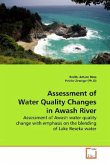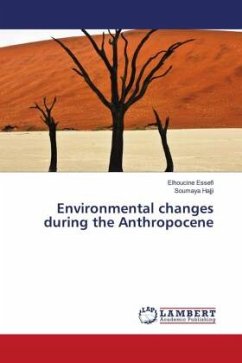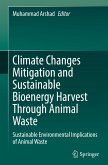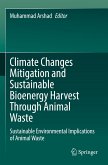This study investigated trends in environmental sustainability of US consumer packaging from 1971 to 2011, comparing twenty-three current packages to twenty-three old packages. A Life Cycle Assessment (LCA) methodology, using COMPASS® software was employed. The scope of the LCA in this study includes the manufacturing, the conversion, and the end-of-life phases of the primary packaging. Five life cycle impact indicators were selected in this study: fossil fuel consumption, water consumption, biotic resource consumption, mineral resource consumption, and greenhouse gas (GHG) emissions. The results show that packages produced by companies in the U.S have become more environmentally sustainable over time. If the old and new packages are made from the newer, same materials, the lighter, package had less environmental impacts. When a glass jar was changed to a steel can, PET, and paperboard carton, the alternatives have less environmental impacts than the glass jar. The main contributor to the impact indicators for most packages was the manufacturing phase, because of the extraction of raw material and production of resins.








